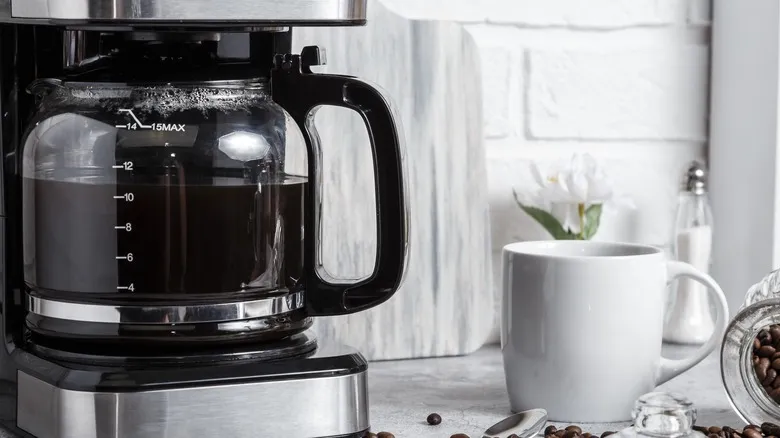A food processor is your best bet for grinding coffee beans if you don't have a grinder
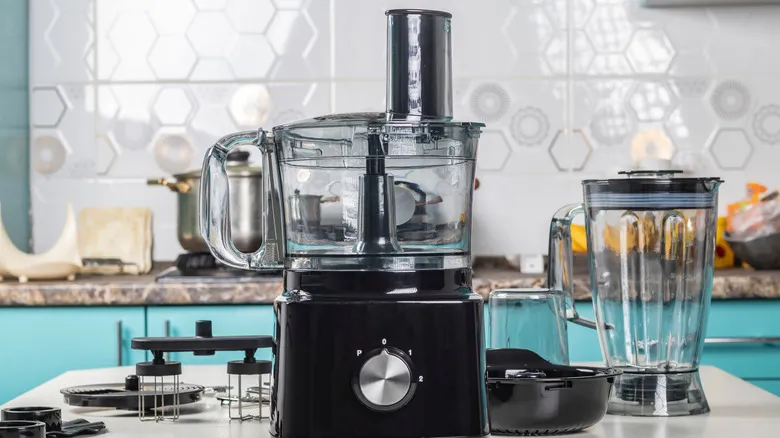
Many of us have a food processor in our kitchens for tasks like chopping garlic, grinding nuts, or preparing pesto, but it can also be used to grind coffee beans. In fact, it might be the closest alternative to a dedicated grinder—offering plenty of space for the beans and producing consistently sized grounds.
Due to its capacity, a food processor can usually accommodate a larger amount of beans at once compared to other methods. If your model has a grind setting, be sure to use it. It's best to grind your beans in small batches, around ¼ cup at a time. After grinding, transfer the grounds to your chosen storage container before loading the food processor for the next batch.
When grinding coffee beans without a grinder (or even when using one!), pay attention to the temperature. The heat generated by the spinning blades can easily melt the oils in the beans and scorch delicate varieties, ruining your brew. To prevent overheating and bitterness, use short pulses or bursts. If you don’t have a food processor, a blender can serve a similar purpose.
How to grind coffee beans the low tech way
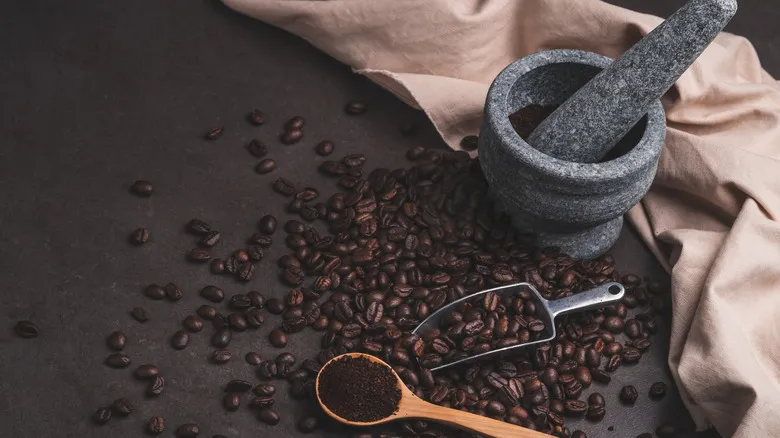
Don't have a processor or blender available, or simply prefer to grind your coffee the traditional way? Whether you're embracing your inner pioneer, facing a power outage, or just have limited options, a manual mortar and pestle can be an excellent choice for crushing coffee beans. That's right—the same tool that has been utilized since ancient times to grind everything from spices to medicines can also grind coffee beans quite effectively. Just add whole beans and crush them using a downward twisting motion. Like a food processor, it's best to work with a smaller quantity of beans at a time rather than trying to grind them all at once. This approach makes it easier to manage the beans and prevents them from scattering everywhere. Using a mortar and pestle also gives you complete control over the size of your grounds, allowing you to visually check for uniformity.
Ultimately, the brewing method you choose dictates the grind size you need. If the grind is too coarse or too fine, it can affect the flavor and result in a less-than-ideal cup. As a general guideline, if you're brewing with a French press, aim for a larger, coarser grind. For pour-over coffee, a medium grind is ideal, while espresso requires a finer grind. No matter how you prepare your coffee, here's to the best part of waking up!
Recommended
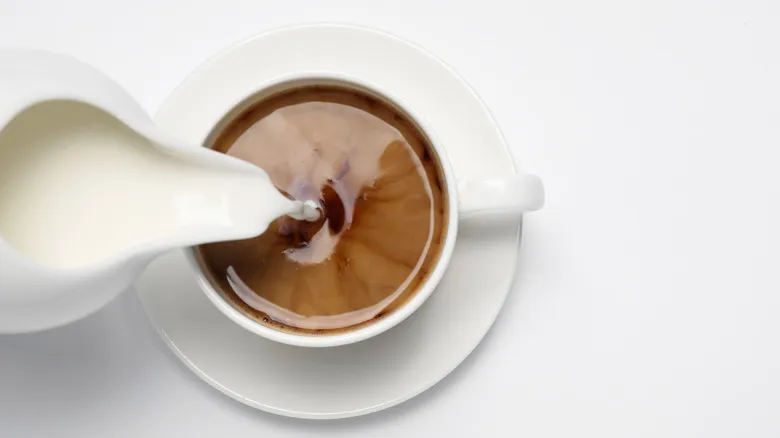
The Safe Way To Freeze And Thaw Liquid Coffee Creamer
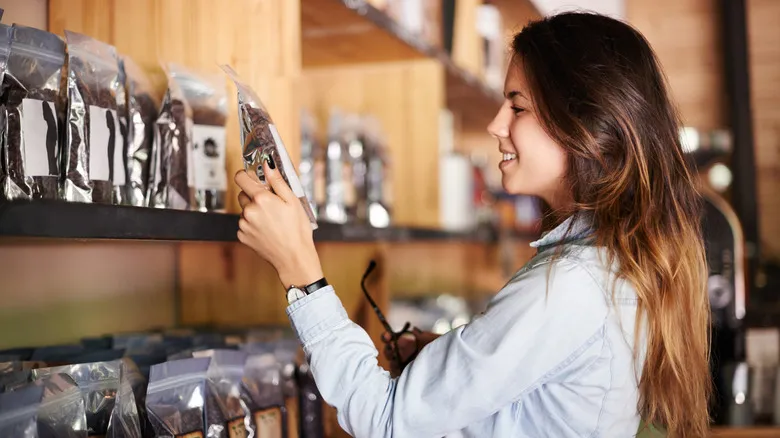
The Green Flag To Search For When Buying Coffee Beans
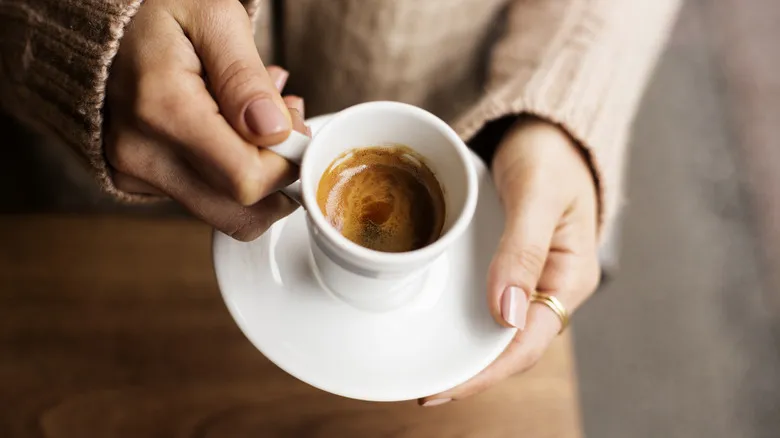
What Does It Mean To Order Espresso 'Ristretto' Or 'Long-Shot'?
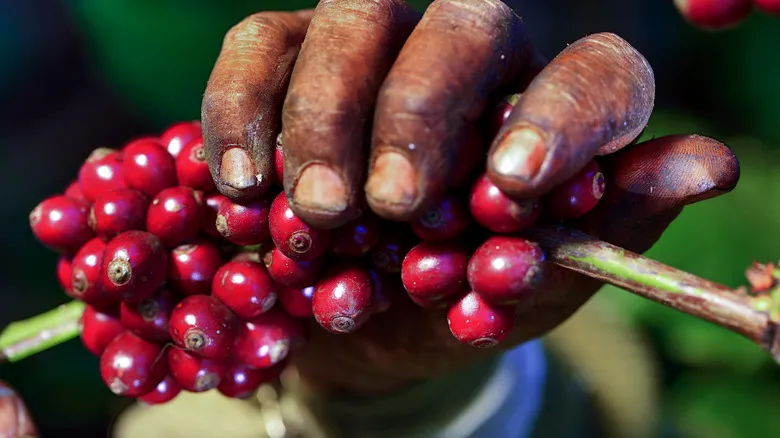
The Difference Between Arabica And Canephora Coffee Species
Next up

